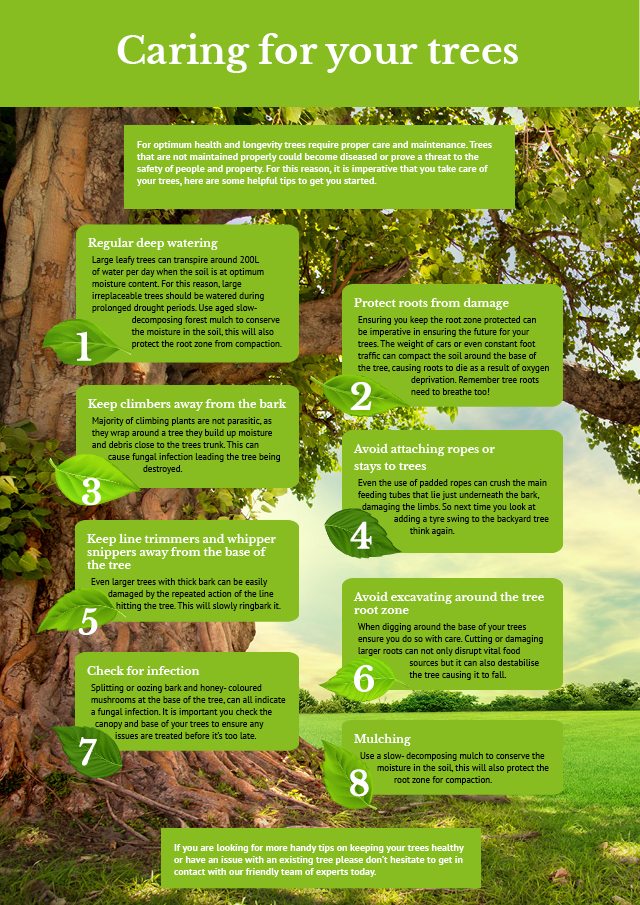Identifying The Correct Time For Tree Elimination - An Overview For Homeowners
Identifying The Correct Time For Tree Elimination - An Overview For Homeowners
Blog Article
Posted By-Rollins Lucas
Trees include appeal and value to residential property, but they can also posture a risk throughout severe weather occasions. If a tree has quit growing, is exhibiting visible fungal development, or has a leaning trunk, it needs to be gotten rid of by a specialist to stay clear of building damages and injury.
To find out more, participate in a house owner source fair co-hosted by HPD, the Center for NYC Neighborhoods, and Brooklyn-based housing partners this evening in Bedford-Stuyvesant. The occasion will feature the Home owner Manual, a new guide to help home owners navigate the responsibilities of possessing a home.
1. Dead or Dying Branches
Trees are an integral part of your home's landscape, providing color and elegance. They likewise provide sanctuary for wildlife and generate oxygen, yet even healthy and balanced trees can experience health issue that might necessitate their elimination. Dead or passing away trees aren't just unattractive, they can be hazardous. Their branches could drop during a storm, leading to pricey home damage and injuries.
When free tree removal service near me start to pass away, it implies that its framework is beginning to break down. If most of its branches are dead, it is likely time to remove it.
Seek an absence of new development, bark peeling, open wounds or dental caries, fungis growing on the trunk or origins and a basic appearance of decay in the whole cover. These signs of infection can suggest a severe problem that will need specialist tree solutions to deal with.
2. Leaning Trunk
While it's regular for trees to lean once in a while due to phototropism, if a tree has a harmful or extreme lean that's not because of natural processes - maybe an indication that the tree requires to be gotten rid of. If growth maintenance and regulation is favoring a high-voltage line, home, vehicle, play framework or any other location that could be harmful to individuals if it drops, after that contacting a specialist tree solution for removal ought to be a top priority.
https://killing-stumps-with-epsom06284.answerblogs.com/29523595/selecting-in-between-diy-tree-removal-and-working-with-an-expert-making-the-best-decision 's likewise essential to look for any kind of sudden changes in a tree's leaning as it can suggest damages to the origins or trunk that may bring about falling. This is specifically true throughout stormy weather, given that high winds and rain-soaked soil can create a lean to change quickly. click this link now , particularly throughout and after storms can help home owners acknowledge prospective troubles with their trees so they can call an arborist for a detailed examination.
3. Parasite Infestation
Some pest problems, such as wood-boring pests like emerald ash borer or sap-suckers like scale pests, are so serious that they can create a tree to die. The very best means to avoid pest invasion is to check your trees regularly. Try to find areas, openings, or discolorations in the leaves and bark. Check out the trunk for splits and indications of insect damages, such as tunnels or tracks.
If a tree ends up being as well infested with parasites, or is close to a home or power lines, an arborist may advise removal. If a leaning tree creates a new, unstable lean, an arborist will likely suggest elimination too to guarantee the safety of individuals and home. If a damaged or dead tree continuously loses extreme branches, it is an indicator that it is time to eliminate the tree. If a tree remains to shed branches for a prolonged amount of time, it can cause structural issues and possible property damage.
4. Damaged Trunk
Trees are a lovely and important part of our landscape, but they do need regular like keep them healthy and safe. If a tree is damaged beyond repair it is most likely time for it to find down.
Look for indicators of damages to the trunk, consisting of vertical splits, joints, dead branch stubs, noticeable injuries or open cavities and extreme tree-rot. The presence of fungis at the base of the trunk is another cautioning indicator. Fungi might indicate that the phloem and xylem (life-support cells) are jeopardized, enabling the spread of condition or a future failure.
Also, consider whether the tree has actually quit growing. Healthy and balanced trees will certainly have brand-new development annually, which may be visible as buds or branches sprouting and prolonging. If you do not see any new development, it's a great idea to have an arborist assess the tree and follow their suggestion for elimination. A dying or harmed tree can fall and trigger residential property damages.